Portrait Lighting Setup Flash or Continuous Lighting
Is Flash or Continuous Light Best for Your Photography?
Do I want a quick burst of light to illuminate a scene? Or do I need constant, ambient light to achieve the effects I want? If you're confused, Giles Babbidge is here to explain it all.
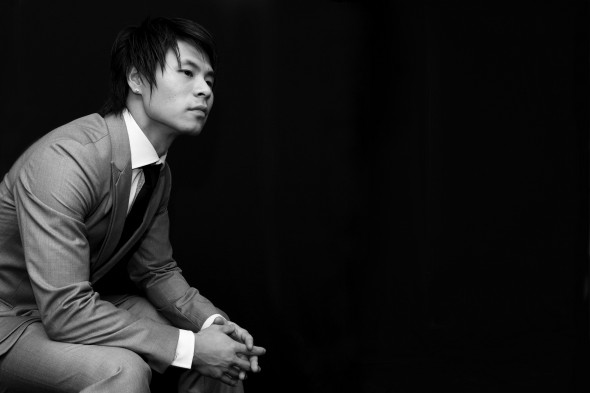
Captured using a single continuous light source – Jon Devo
This is something of a 'how long is a piece of string?' question. Different situations will call for different approaches and everyone has their own individual requirements and preferences. That said, there are a few pointers worth bearing in mind when deciding, which will help you make the right decision and avoid some of the pitfalls.
First of all, let's consider the basics. When thinking about how to light our pictures, it's all too easy to over think the situation. We've all seen those high-end fashion images, lit with multiple lights and orchestrated by multiple people, but that's likely not our situation, nor what we are trying to achieve. It's easy to get swept up in the romance of it all, but in reality such setups are going to be overkill.
As is so often the case in photography, less can definitely be more. Many portrait photographers would tell you that some of their most effective shots involve just a one-camera, one-light arrangement.
So, at its core, the key component of image-making – light – should be thought of simply as another tool in the photographer's arsenal. Choosing how to light a scene is no different to, say, changing lenses for a different perspective or slowing down the shutter speed in order to evoke the impression of movement.
Of course, it's not always that simple – especially if you are new to photography. There are all manner of lighting products to choose from, and it can be hard to know where to start. Invariably, though, the type of light source you pick will fall into one of two categories: continuous and flash. Let's take a look at the pros and cons of both.
Continuous light
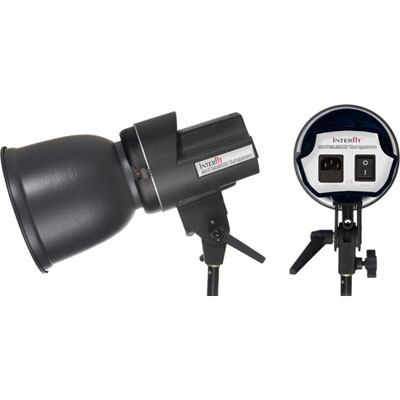
Interfit Stellar X Tungsten 500w Head
Simply put, any form of continuous light is just that. It is 'always on,' as opposed to flash, which delivers a quick burst of light only when triggered. In photography terms, light that is already present in a scene is referred to as 'existing' or, more often, 'ambient.'
People often forget that the sun, the biggest and cheapest continuous light source at your disposal, can be manipulated for effect just like man-made illumination. By using all manner of reflectors, diffusers, blocking boards (known as gobos) and more, we can shape the sun's light how we want it, to deliver a hard or soft effect on our subjects.
When you need to introduce your own lighting into a scene, there is a wide range of continuous light products on the market. These vary in price, function and complexity, but a great way to test the waters at the lower end of the scale is to look at something like Interfit's Stellar X Tungsten 500-watt lamp. These offer real bang for your buck, so to speak, and are a good way to learn how to light.
One of the great advantages of using continuous light is that you can get a very good idea of how the picture will look before even releasing the shutter. Highlight and shadow areas, contrast, even graphic form can all be inspected, allowing you to make adjustments quickly and effortlessly.
Something to be aware of, common among tungsten and halogen lamps, is that they produce a warm colour cast, typically with a colour temperature of around 3200k. In practice, this means that picture elements such as white shirts and subjects' faces will look yellowy (technical term). More crucially to some, product colours will not be faithfully recorded. This is all easily corrected though, either by using your camera's white balance adjustment, or in Photoshop during the editing stage.
It's not just the colours that are warm, either. Although some continuous lamps come with built-in fans, the great majority do not, and they all generate a fair amount of heat, so caution and common sense should be exercised when using them. Opening a window and being careful not to touch the hot bulbs are usually your main considerations and in practice, these lamps are no more awkward to use than flash (some would say even less so).
Flash
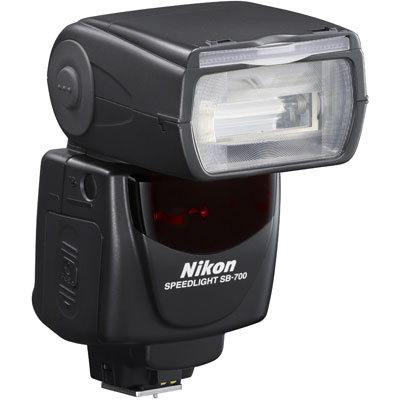
Nikon SB-700 Speedlight Flashgun
Flash comes in various forms. Typically, we think of the small, portable flashguns that can be mounted on top of our cameras or triggered remotely. Given their size, they pack a real punch, and they are also lightweight and ever so convenient as they typically run on readily-available AA batteries. Another great advantage is that there are many accessories available to fit – everything from light-shaping attachments and brackets to remote triggers and lightweight stands.
You will find that the major brands produce flashguns specifically to be used with specific cameras in their lineup. This means you get the full benefit of custom modes, TTL-metered flash, seamless multiple-flash configurations and more. As expected, though, these do come with a certain premium attached, but if your budget can stretch to it, it is well worth the extra investment for the results they can deliver.
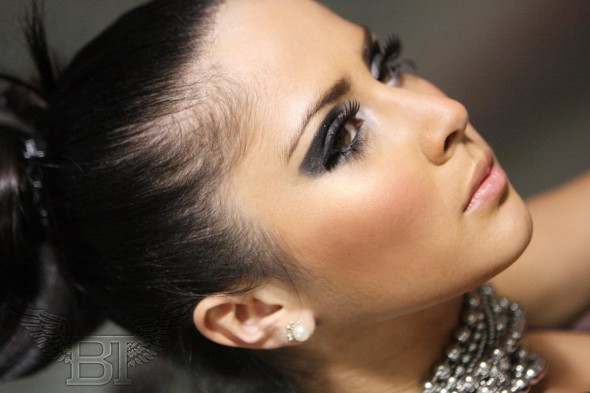
Shot using a single, bouncedCanon 580 EX II Flashgun and a reflector
For those who are looking to save a few pennies, there is a great range of flashguns available from independent brands, all of which offer many of the same functions at a reduced cost. Just be aware that although compatibility issues may not be a problem, you'll want to check they do everything you would hope, so as to avoid disappointment.
Where small flashguns tend to show their limitations is outdoors on very bright days. With the greatest will in the world, they just aren't always able to deliver enough power to light a subject as we'd like – the sun is simply too bright. In these situations, we have a number of options, such as increasing the number of flashguns in order to boost the overall amount of light hitting the subject, or consider using more powerful units.
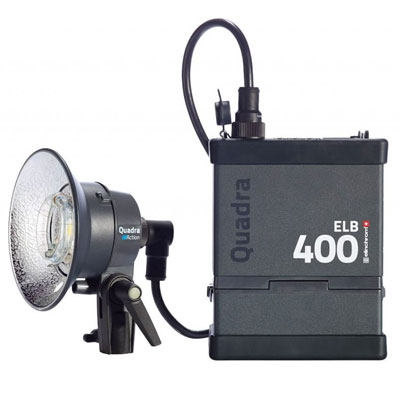
Elinchrom ELB 400 Single Action Head To Go Set
The second option of course comes with a higher price tag, so tends to be the preserve of professionals and individuals who are really serious about their lighting. For all the bells and whistles, portable flash (think mains-powered studio units but with high-capacity rechargeable battery packs attached) essentially works in much the same way as smaller units. The two main advantages of these tend to be their solid 'go-anywhere' build quality and the ability to fine-tune their output (often in fractions of f-stops).
We all strive for the most creative images possible – visually striking photographs packed full of punch and infinitely pleasing to those who will view them. Learning to take control of your lighting is an important skill to develop and one which will have a dramatic impact on those pictures. The great thing about exploring lighting techniques especially is that the possibilities are endless!
Whether you choose to take the continuous light route or embrace flash (or even experiment with a combination of the two), the important thing is to have fun! With so many options available to you – from the subject you choose to photograph, right through to the gear you use to help realise your vision – there's bound to be a perfect solution.
About the Author
Giles Babbidge is a commercial and editorial photographer based in Hampshire. He travels all around the UK and works with a wide range of clients – you can find out more about his day-to-day activities over at his website.
Related articles
Tungsten, Halogen & Fluorescent Versus LED Lighting – Which Should You Use?
What is the Best Way to Light Close-up Photographs?
How to light portraits without professional lighting kits
burchfieldvencome.blogspot.com
Source: https://www.wexphotovideo.com/blog/buyers-guides/is-flash-or-continuous-light-best-for-your-photography/
0 Response to "Portrait Lighting Setup Flash or Continuous Lighting"
Publicar un comentario